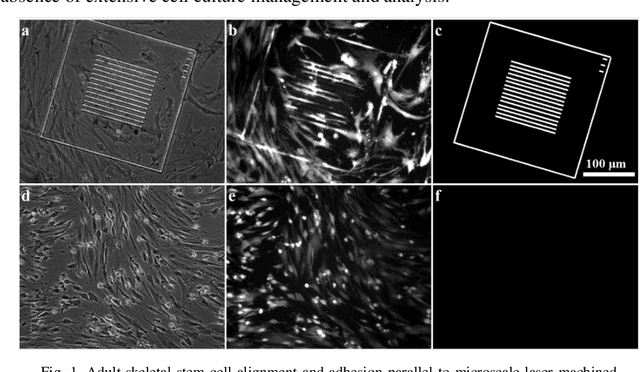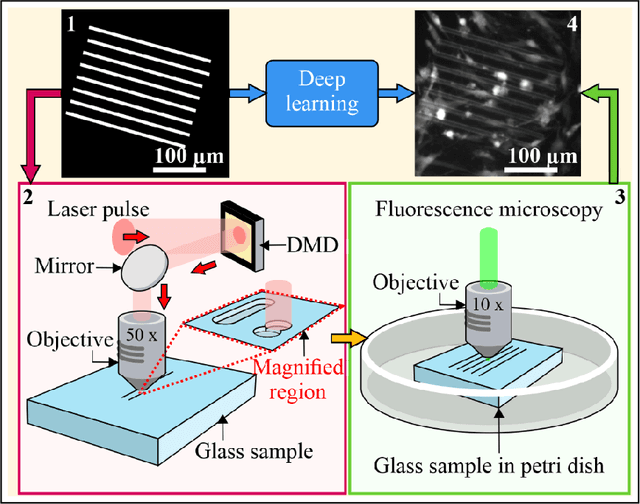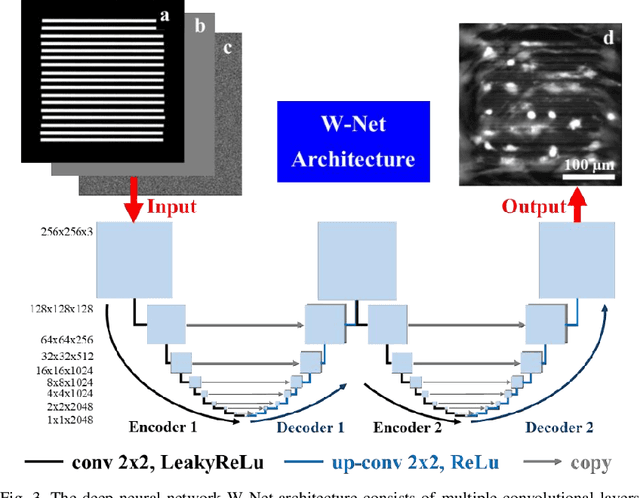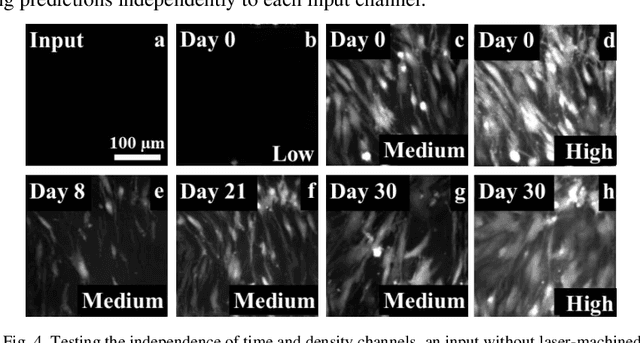Modeling adult skeletal stem cell response to laser-machined topographies through deep learning
Paper and Code
May 30, 2020



The response of adult human bone marrow stromal stem cells to surface topographies generated through femtosecond laser machining can be predicted by a deep neural network. The network is capable of predicting cell response to a statistically significant level, including positioning predictions with a probability P < 0.001, and therefore can be used as a model to determine the minimum line separation required for cell alignment, with implications for tissue structure development and tissue engineering. The application of a deep neural network, as a model, reduces the amount of experimental cell culture required to develop an enhanced understanding of cell behavior to topographical cues and, critically, provides rapid prediction of the effects of novel surface structures on tissue fabrication and cell signaling.
 Add to Chrome
Add to Chrome Add to Firefox
Add to Firefox Add to Edge
Add to Edge